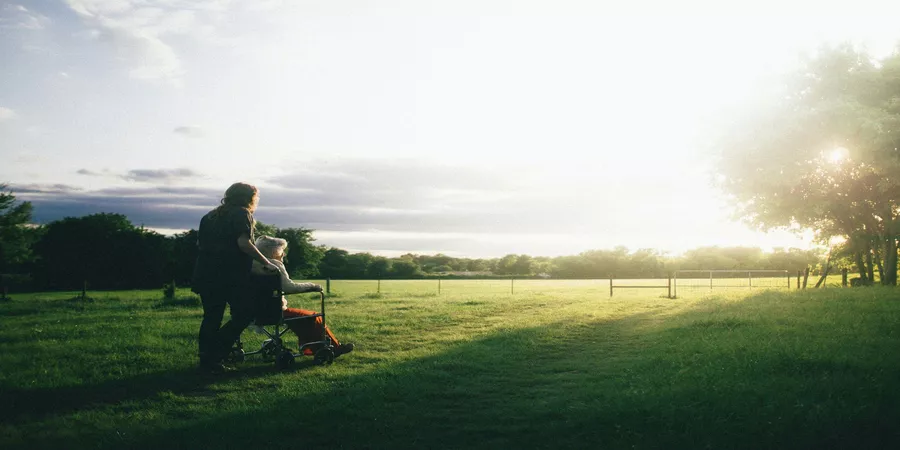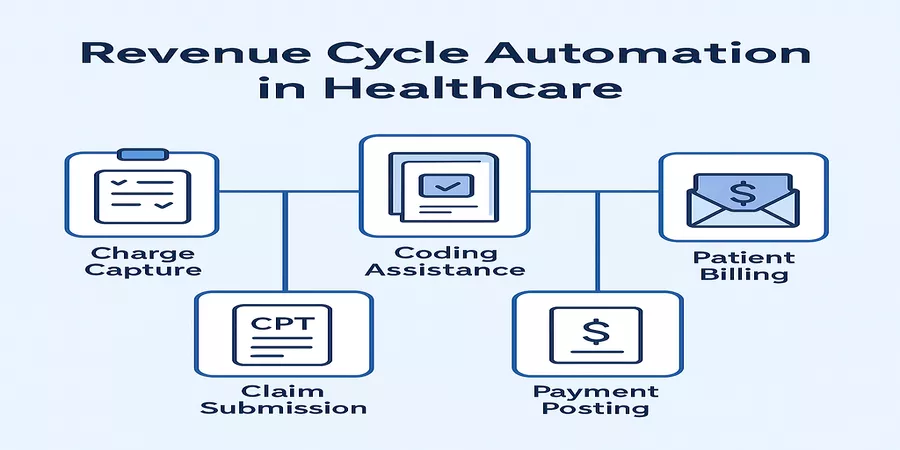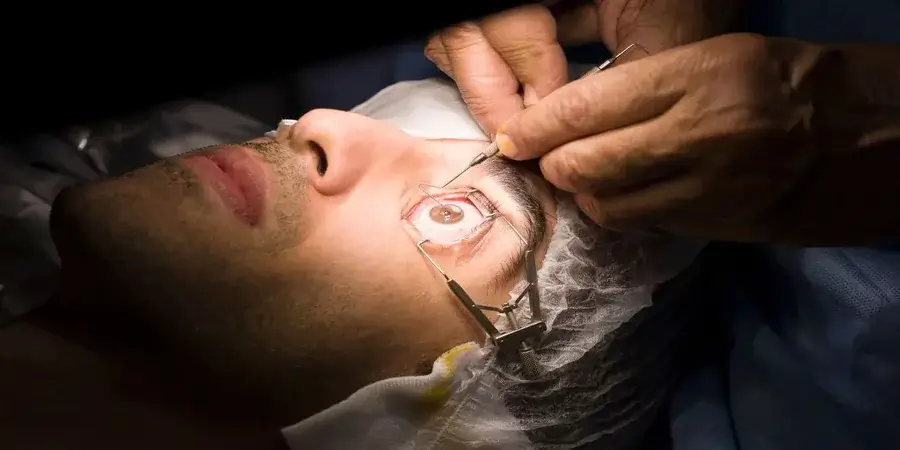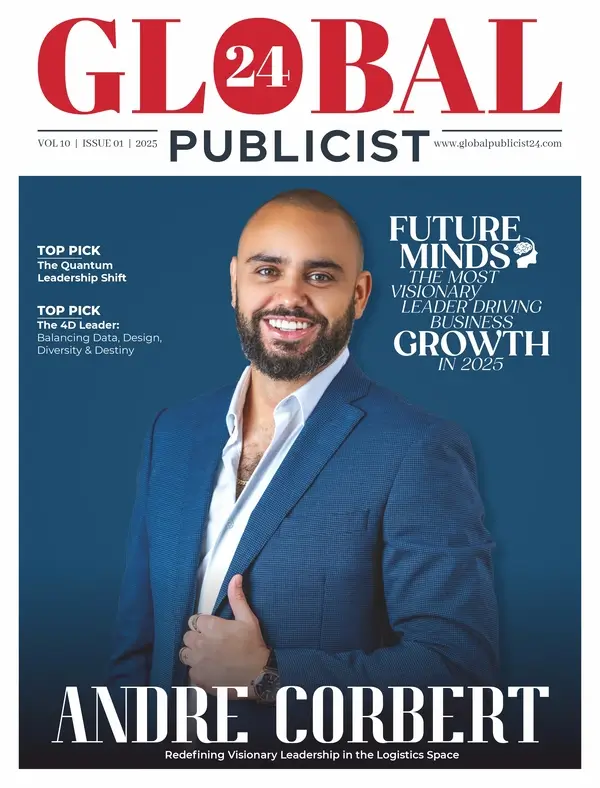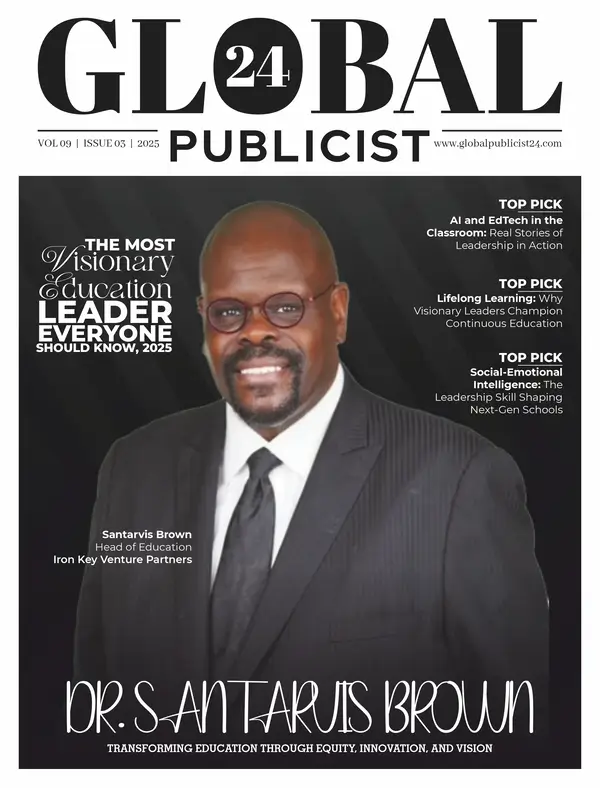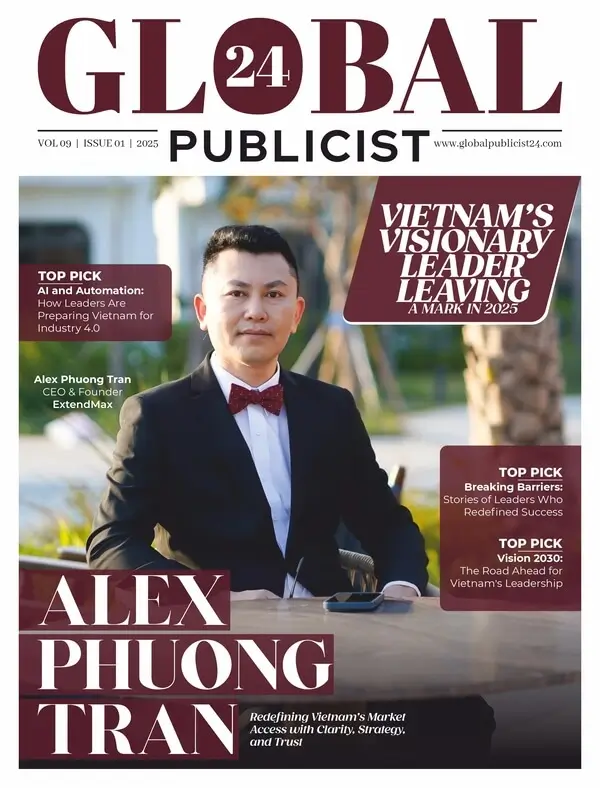America is getting old. And the implications are big. As our nation continues to age, the future effects on healthcare, housing, labour, and public policy simmer in the background.
But it’s not all doom and gloom. A crucial field currently flies under the radar: gerontology. This multidisciplinary field holds the key to understanding how we can better support older adults. With it, we make smarter decisions about healthcare, support, and public planning. But what is gerontology, and how can it improve our aging communities?
Gerontology: a definition
In simple terms, gerontology studies the aging process, from the biological to the psychological to the sociological. In other words, everything people experience as they grow older.
Though its name shares similar origins, gerontology is not geriatrics. It focuses on the full effect aging has on the individual, the community, and on policy, rather than the specific medical care of older adults.
Gerontology, at its core, is interdisciplinary, drawing from public health, psychology, sociology, and economics. Its aim: to better understand how we can improve the lives of our older citizens. If you become a gerontologist, you’ll work in a diverse range of settings; everywhere from hospitals to aged care centers to research institutions to government agencies.
As the challenges of an aging population are more keenly felt, the importance of gerontology increases, intersecting with issues like healthcare workforce shortages and housing insecurity.
America’s aging population: the challenges we face
America’s older than it’s ever been, there’s no denying it. Experts predict that the number of U.S. citizens over 65 will increase by 47% over the next 25 years. To someone unaware of the projected impact this increase will bring, the fact is just numbers.
What has fueled this projection? The baby boomer generation, those born in the decades immediately following World War 2, has reached the older adult demographic. This is one part of the story. The other is declining birth rates. Combine the two, and you find older adults accounting for more of the total population.
Substantial challenges come with this future, including:
- Strained healthcare systems as demand rises for cognitive care, mobility support, and chronic disease management
- A shortage in qualified healthcare staff across the nursing home and home-health sectors
- Overwhelmed family caregivers
- Nationwide pressure on support services like social security, Medicare, and Medicaid from increased enrollment and dependency
The word projection is misleading; these are issues for today, not just tomorrow. Foresight and coordinated effort are needed; otherwise, the gap between what elder care needs and what resources are available will widen. Enter gerontology.

How can Gerontology shape better elder care?
Collectively, if we’re to prepare for this demographic shift, we must begin to understand gerontology better. Not just at an academic level, either. Gerontology is more than just research; it’s practical tools designed for building a society that treats aging as it should be treated, with dignity and respect.
Here are a few ways gerontology can make a difference:
1. By improving healthcare
A professional trained in gerontology understands the unique needs of older adults. This translates to more personalized—more compassionate—care, whether at home or in a clinical environment. Gerontology informs best practice, which eventually leads to better communication, safety, and cognitive engagement for older adults.
How does a healthcare professional gain these skills? Through one of many accredited online adult nurse practitioner programs. These courses enable a healthcare professional to upskill efficiently and effectively.
2. By guiding better policy
Through critical data and insights, gerontologists shape age-related policies that are effective and long-lasting. Everything from social program funding to transportation access. Their work influences how we adapt together for our aging citizens.
3. By empowering families and communities
Sadly, many Americans find caregiving roles thrust upon them with little preparation. With the right gerontological education, they can be better equipped to deal with everything this role entails. Extending this education to schools and workplaces promotes intergenerational understanding, which helps combat ageism.
Ageism and misconceptions: breaking down barriers
Despite the undeniable value of elder care, ageism still wields an obtrusive and often invisible grip over American society. Without realizing or recognizing, we frequently marginalize older adults. We label them frail, dependent. Technologically illiterate. This marginalization not only affects how older adults are treated, but it also affects how resources are allocated toward their support.
Gerontology challenges these misconceptions by celebrating the resilience and diverse contributions of older adults. It encourages us to view aging not as decline but as an opportunity to continue growing and participating in society.
Properly framing an issue is the first step to properly addressing it. That’s why it’s critical to view aging as a universal experience to be understood, instead of a problem to be solved. Gerontology helps us embrace this moment with data, direction, and, most importantly, compassion. Given that the US population continues to age, our commitment to elder care awareness must continue to grow.
As always, it’s about investing in education, embracing policy innovation and refinement, and improving resources so that the right support is always available, regardless of who needs it. The ultimate goal? Perhaps there isn’t one. That said, aging in America should never be a thing to fear; it should be something we prepare for with respect and a level of peace. Because, in many ways, caring for our elders is caring for our future.

